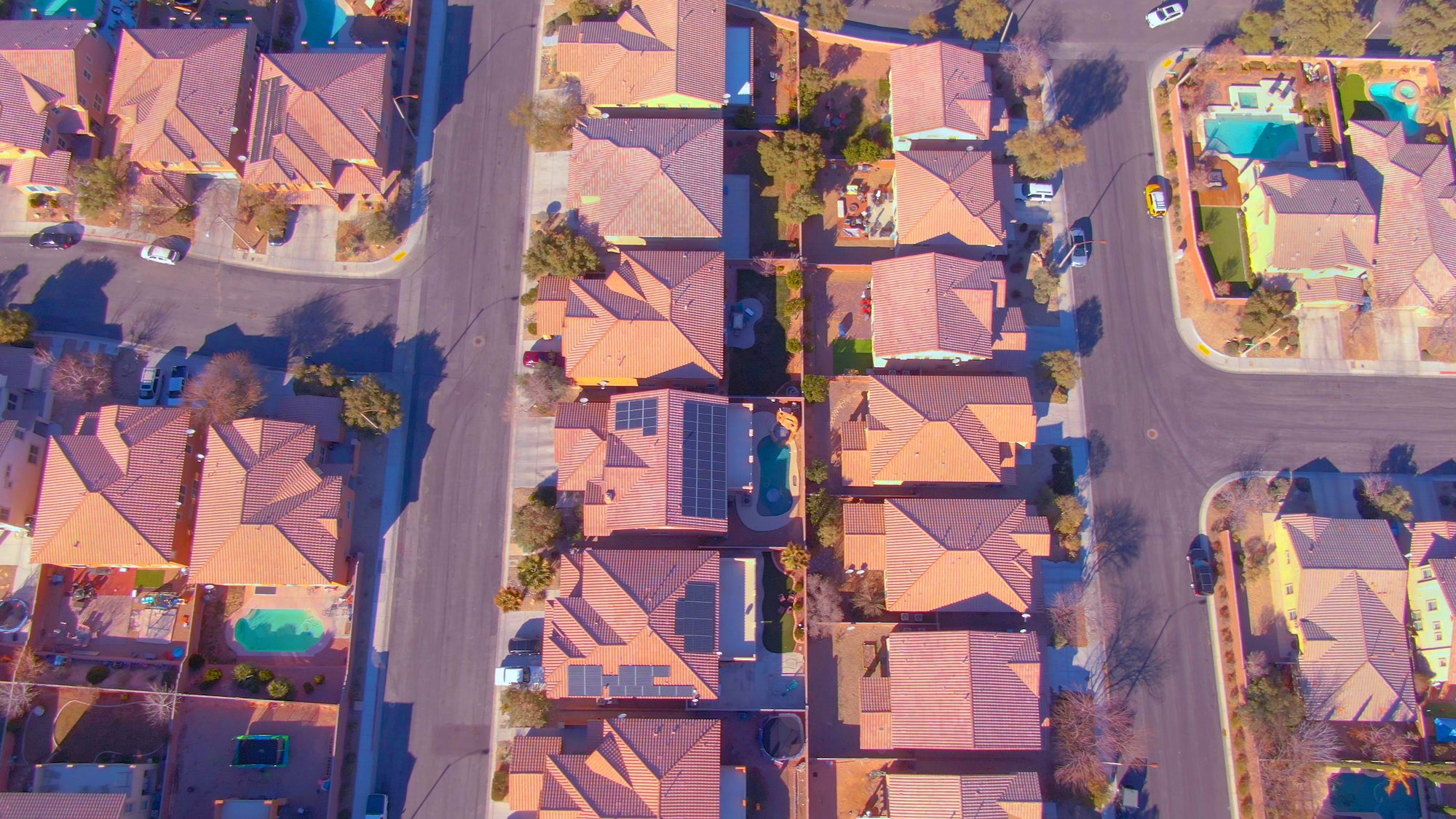
helivideo/iStock
Big companies that own single-family homes are raising rents at the fastest rate since they emerged from last decade’s foreclosure crisis, capitalizing on a rush for suburban housing.
Though millions of Americans are still struggling to pay rent and at risk of eviction, the bet on six-figure-earning suburbanites by companies such as Invitation Homes Inc.and American Homes 4 Rent has so far been pandemic proof.
Occupancy of the hundreds of thousands of houses collectively owned by these companies is at record highs. Timely payments are in line with historical rates. Tenants are accepting rent increases instead of moving out. New renters hunting for home offices and outdoor space are paying up to move in.
A Covid-19 vaccine might make moving to the suburbs less urgent for some, but rental executives and investors expect favorable demographic and housing-market dynamics to outlast the pandemic.
“The demand we see today is totally insatiable, and it’s growing,” said David Singelyn, chief executive of American Homes 4 Rent, which owns more than 53,000 houses in 22 states and collects an average monthly rent of $1,686.
Asking rents for available properties owned by big home-rental firms jumped 7.5% in October, according to real-estate analytics firm Green Street. It was the fifth straight month of year-over-year increases and the biggest since the firm began tracking in 2014, when financiers were still gobbling up foreclosures.
Mom-and-pop operators and individual investors who own most of the country’s 16 million rental houses are also raising rents. But not as aggressively as America’s mega landlords, who use computer programs to match rents with demand and have their own investors to please. September single-family rents climbed an average of 3.8% from a year earlier across 63 markets regardless of the owner, according to John Burns Real Estate Consulting. No market declined.
Increases in excess of 5% came in corporate-landlord strongholds Atlanta and Phoenix, but also in Middle America, around Memphis, Minneapolis and Kansas City, as well as in the West Coast’s less-expensive inland markets, like Sacramento, Calif. and Portland, Ore.
“Landlords are able to raise rents right now at a rate that is high in normal times,” said Rick Palacios Jr., John Burns’s head of research. “It’s ridiculously high when you put it in a backdrop of a recession”
The situation speaks to the uneven economic recovery. Multitudes of Americans remain unemployed and without the means to make up for missed rent payments once eviction moratoriums are lifted. Meanwhile, work-from-home professionals have kept earning and are looking for more living space.
American Homes 4 Rent and larger rival Invitation Homes are up 60% and 71%, respectively, since shares bottomed on March 23. The S&P 500 has climbed 59% since the market nadir. Shares of Toronto’s Tricon Residential Inc., which owns about 22,000 U.S. houses, have nearly doubled.
Progress by Pfizer Inc. and partner BioNTech SE toward a Covid-19 vaccine on Monday lifted shares of beleaguered apartment owners, whose tenants tend to be lower earners and most affected by the stalled service economy. Shares of single-family landlords and home builders declined on hopes that the pandemic will be brought under control with shots instead of lockdowns, weakening the suburbs’ pull.
Wall Street is betting on rental homes long term, though. Wealth managers, private-equity firms and other big investors have pumped billions of dollars into home-rental operations this year so that they can add houses. These investors anticipate a wave of high-earning but debt-saddled millennials forming families and alighting to the suburbs in search of good schools and granite countertops.
Many are millennials drawing good salaries but carrying so much student debt that buying a home is difficult even with historically low mortgage rates.
The inventory of for-sale homes relative to the number of U.S. households is at its lowest level in decades, which has pushed prices to records in many markets. Builders have ramped up construction, but they aren’t adding much at the low-end. Just 10% of new homes sell for less than $200,000, down from nearly 45% a decade ago, according to John Burns.
American Homes 4 Rent executives say many new tenants are arriving from expensive coastal cities. The number of Californians applying to lease the company’s houses in Arizona, Nevada and Texas have been roughly twice what they were in 2019, operations chief Bryan Smith told investors last week on a call to discuss the company’s third-quarter earnings. Migration to Florida from New York and New Jersey has been similarly strong.
The Agoura Hills, Calif. company said that new lease rates for the summer quarter rose 5.9% and that October was up 7% from a year earlier. For a few months the company renewed expiring leases without increases, but by August it had resumed asking tenants to pay more at renewal. American Homes 4 Rent expects fourth-quarter renewals will rise 4%.
Invitation Homes, which owns more than 79,000 houses and collects an average monthly rent of $1,881, raised new lease rates 5.5% during the third quarter. Renewals rose 3.3%. Executives say they have been more aggressive since September, when the quarter ended, but are mindful of risking move outs.
“We’re not going to push too hard into the winter here when we don’t have a vaccine and we know that there may be some moments where there’s going to be some uncertainty,” said Charles Young, the Dallas company’s operation chief. “We’re just trying to find that right balance.”
The post Race for Space Pushing Up Suburban Rents appeared first on Real Estate News & Insights | realtor.com®.
source https://www.realtor.com/news/real-estate-news/race-for-space-pushing-up-suburban-rents/
No comments:
Post a Comment